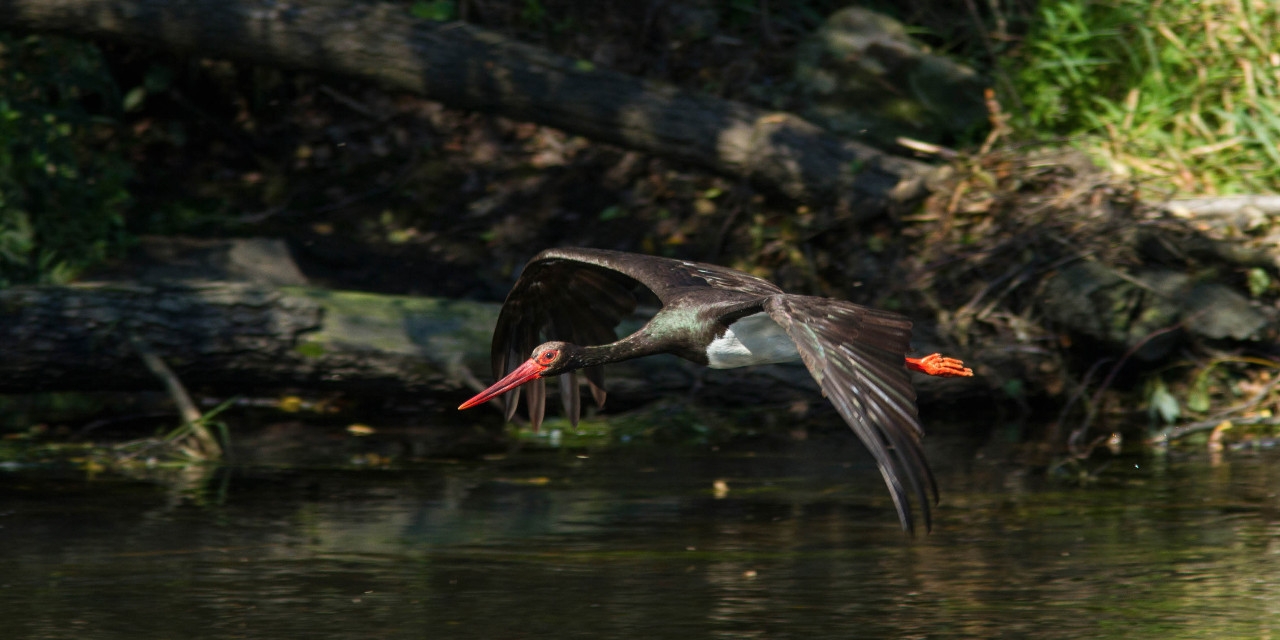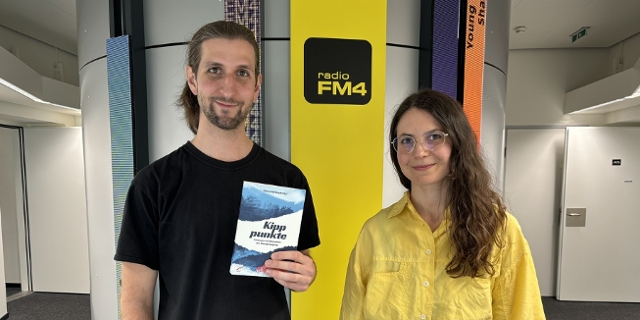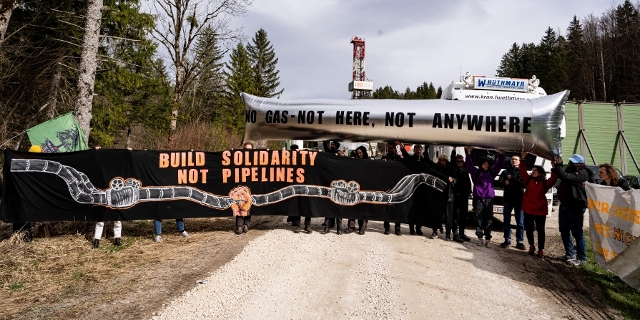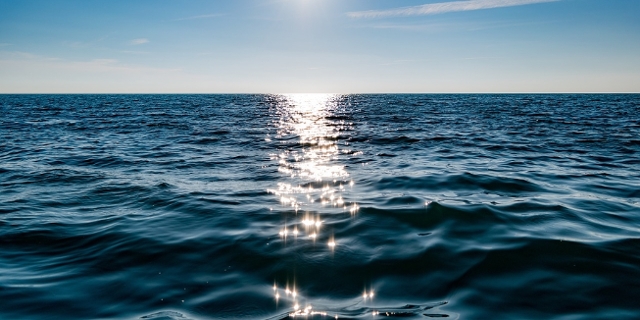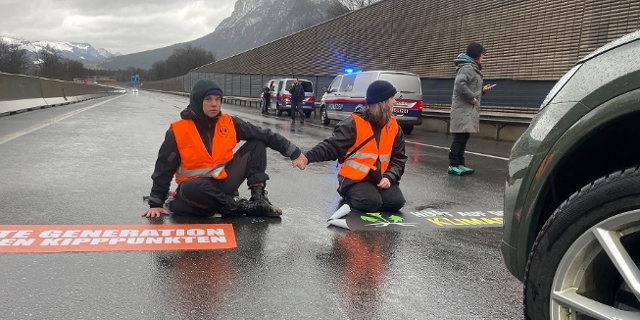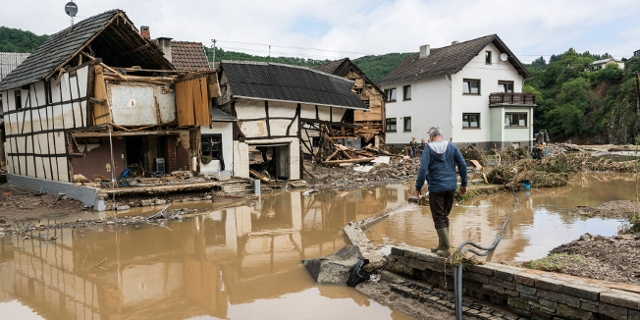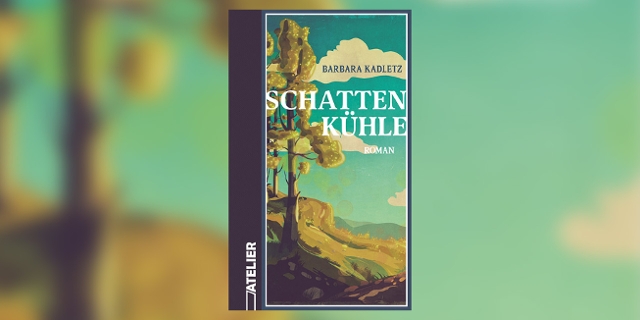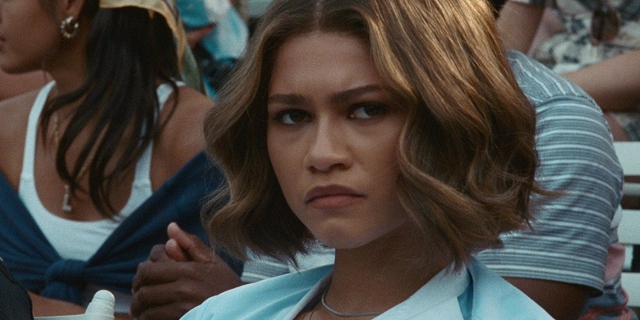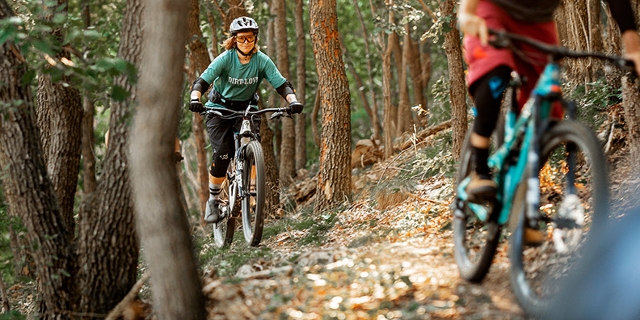Between The Woods And The Water
I follow ranger Julian Haider into an emerald kingdom. On this day, as a cold-front brings low dark clouds and persistent rain over the northern Weinviertel of Austria, it is a dripping wet green kingdom.
We’re walking along southern bank of the Thaya river. The spindly branches of trees bend and tip into the brown waters of river, forming a green tunnel over the increasingly muddy footpath. Big raindrops are splashing off the flat leaves.
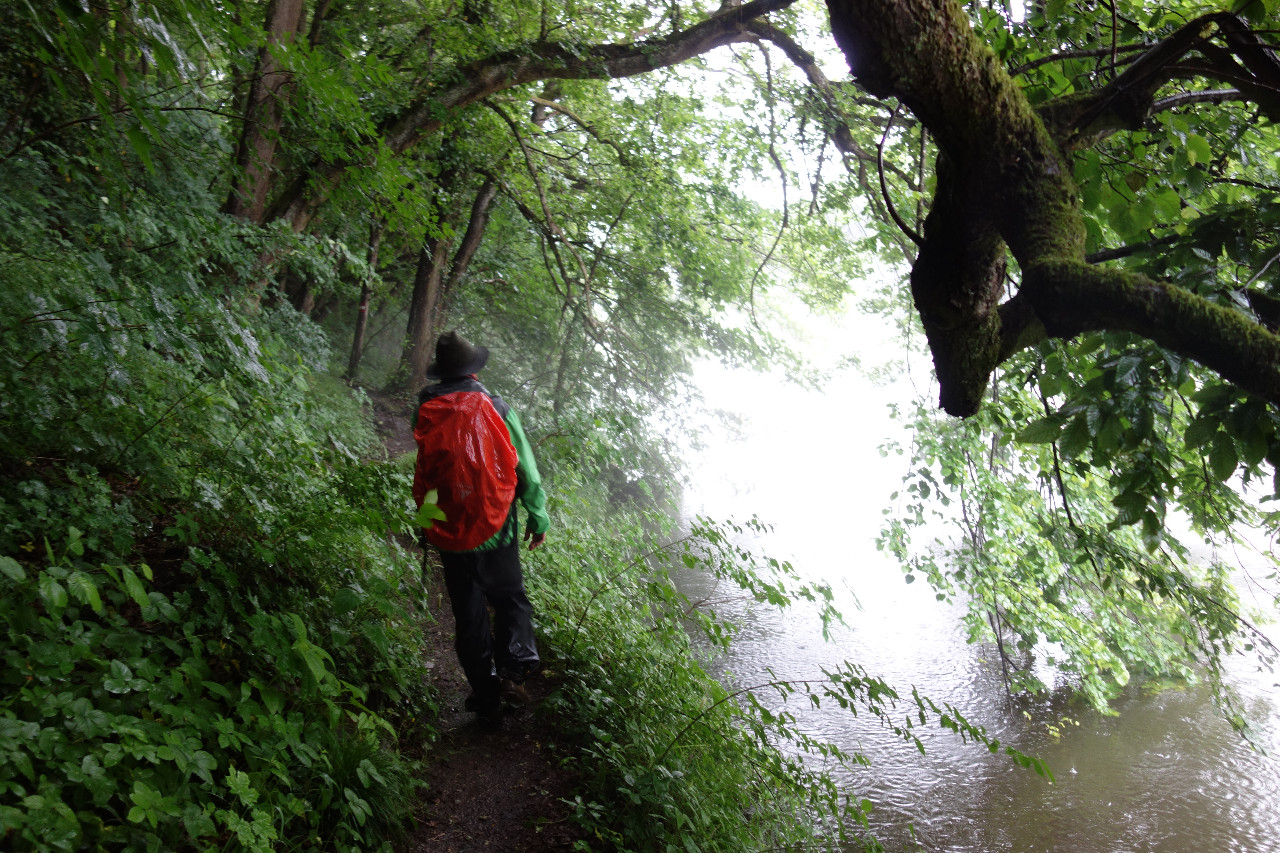
Chris Cummins
The mist is rising off the river and curling around the canopy of the forest. I’m slightly overawed by the beauty of the place. When I tell Julian, he smiles. That is the point of his guided tours through the National Park Thayatal.
“When you come with a group to a place like this and look at the nature around us and listen to it, well those are the moments that cause a change in people and their connection to nature becomes stronger as well as their feeling that we must protect nature.”
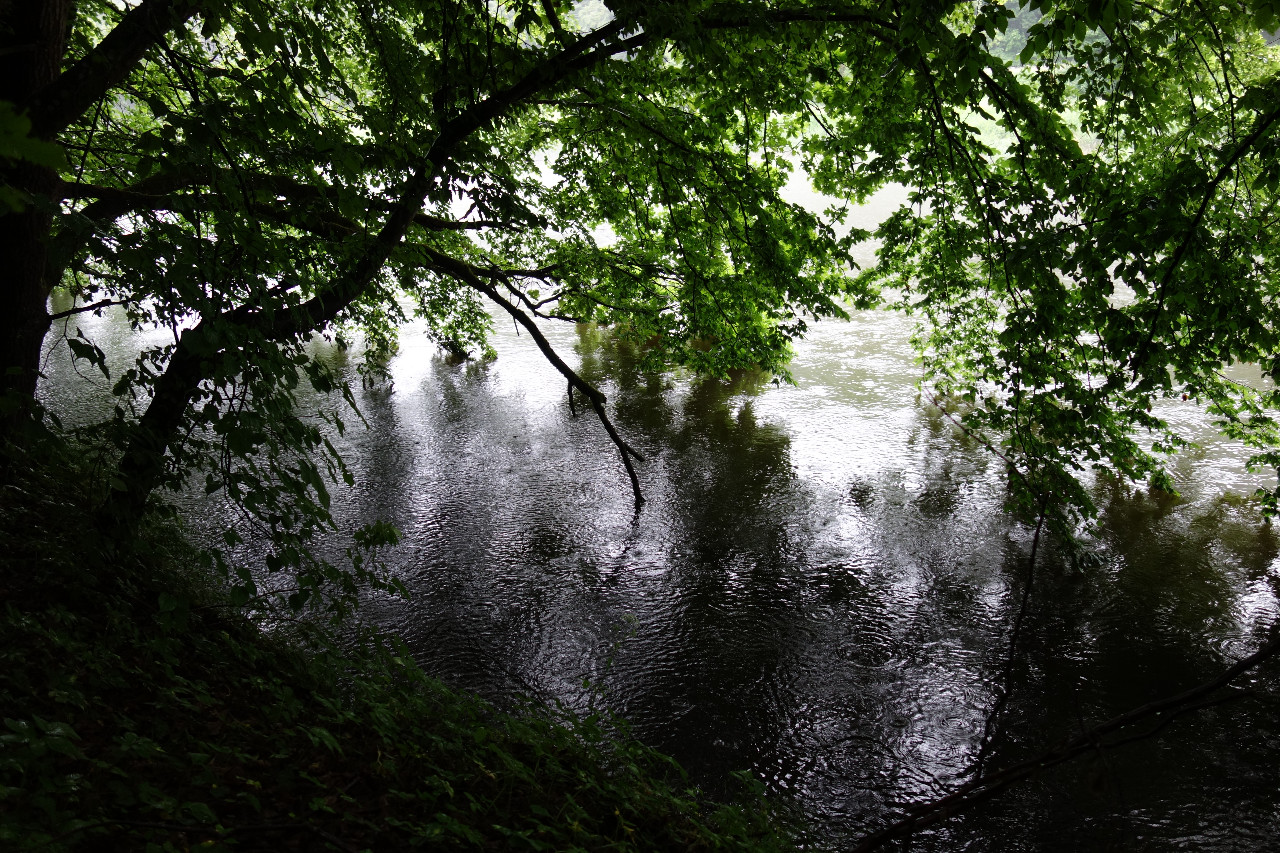
Chris Cummins
And make no mistake, biodiversity is under threat in 2020, and as much here as elsewhere. Scientists have warned that we have entered the Earth’s Sixth Mass Extinction. Researchers, despite their taste for sober language, can’t help calling the loss of species worldwide as ‘biological annihilation’. Billions of populations of animals have been lost in recent decades and the rate of destruction is increasing.
Ecological Suicide
The impact on our own species of this disregard for the natural ecosystems that have protected us for millennia is already being seen; whether via increased floods, droughts or increasingly barren agricultural fields, now bereft of the microorganisms that keep our systems going.
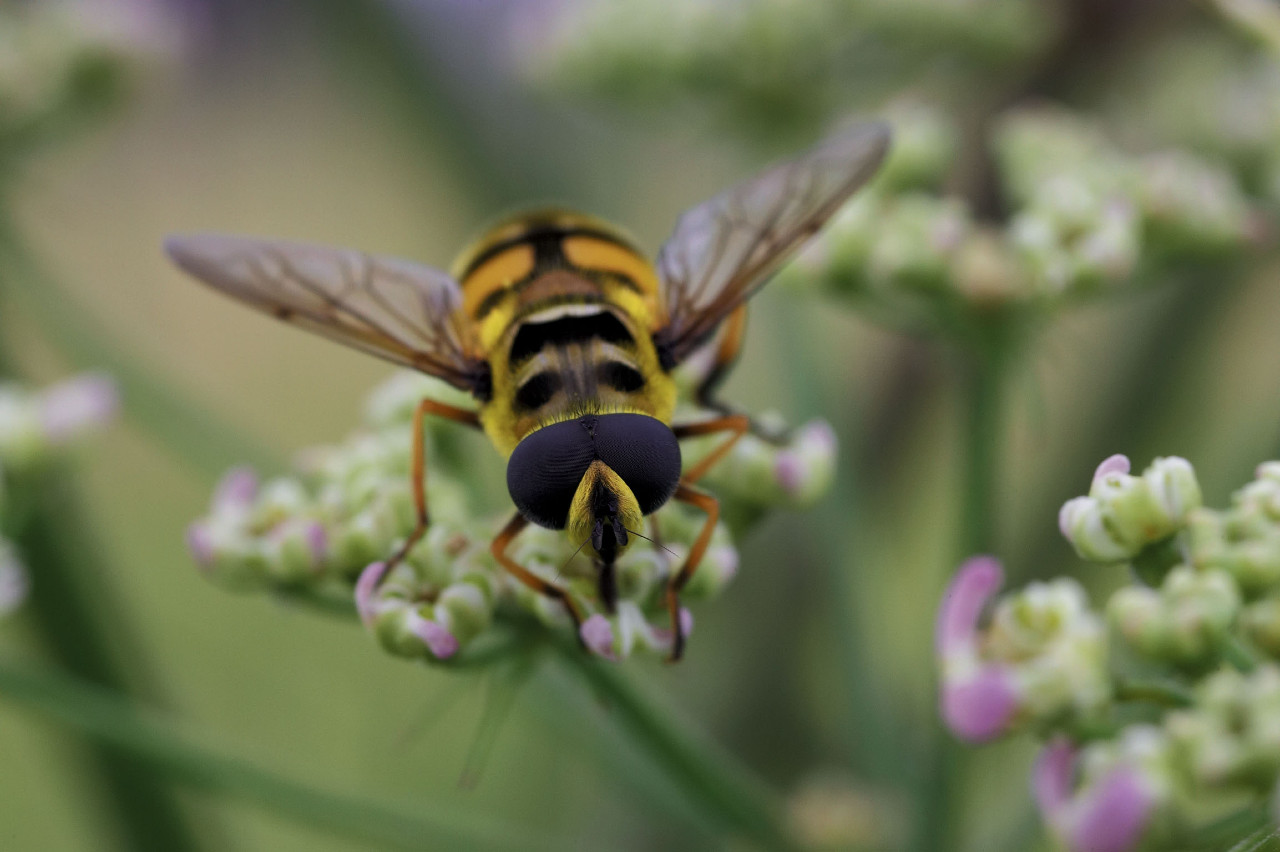
D Manhart/Thayatal NP
We think of the biodiversity crisis as something happening elsewhere, maybe in the rainforests of Brazil or Papua New Guinea or on the savannahs of Africa. But National Park officer Bernadette Lehner urges us to think locally too.
“It is no different here than elsewhere. The issue is more prominent in the rainforest because the destruction is so visible," she says, "but it is an issue in Austria too, particularly if when it comes to the decline of insect life.”
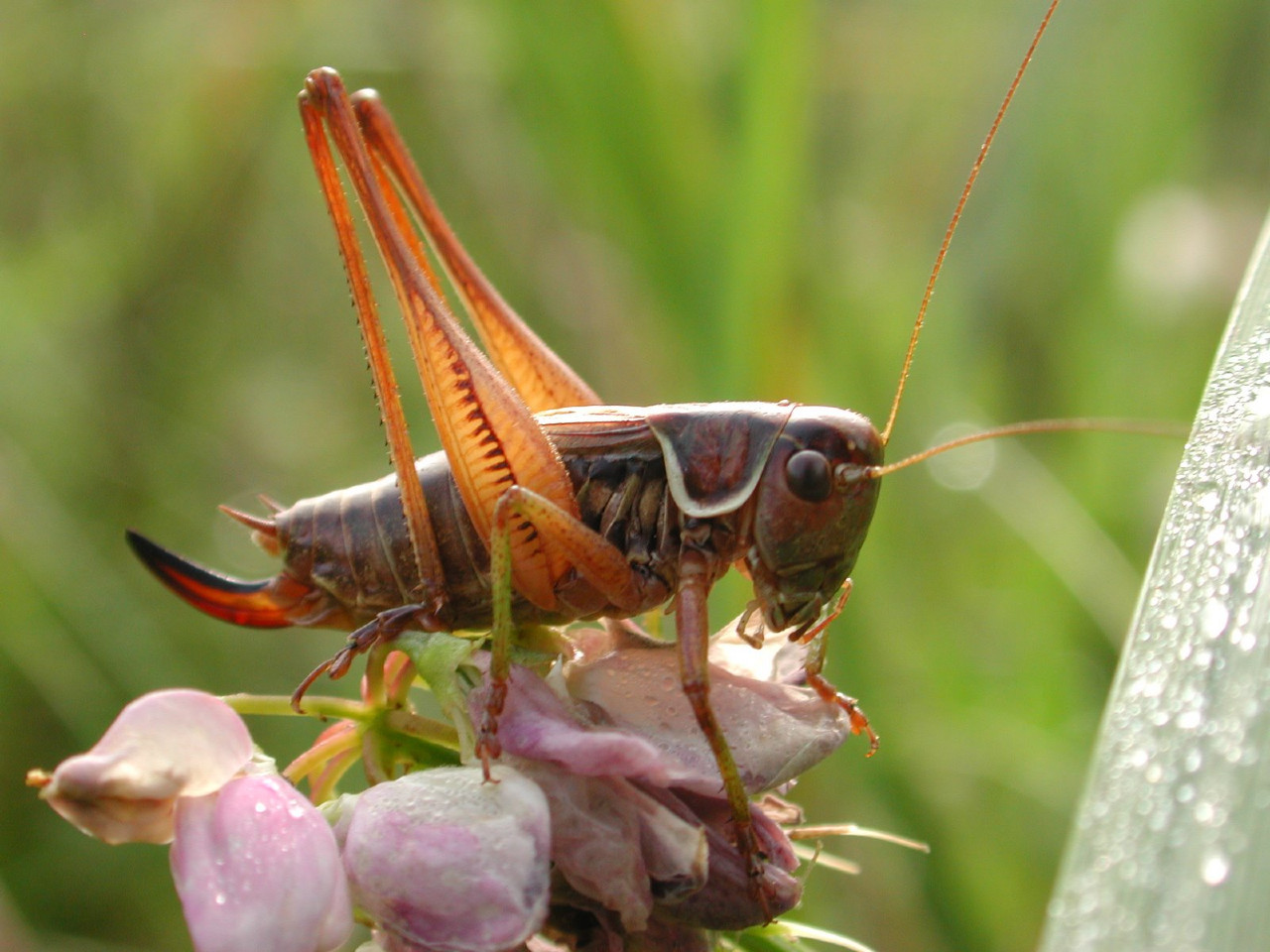
National Park Thayatal
In the past 30 years, insect life is estimated to have declined by 75 % in Austria according to a recent study called the Insektenatlas The authors speed of decline has been accelerating in the past ten years and a third of species are now endangered.
The main causes are intensive agriculture. Hedgerows have been removed to created ever larger fields; easier to service with giant combine harvesters, and these fields have then been covered in chemical pesticides. Monocultures have destroyed the complicated balance that allows biodiversity to survive. Meadows are mowed, land is covered in concrete. We are committing ecological suicide.
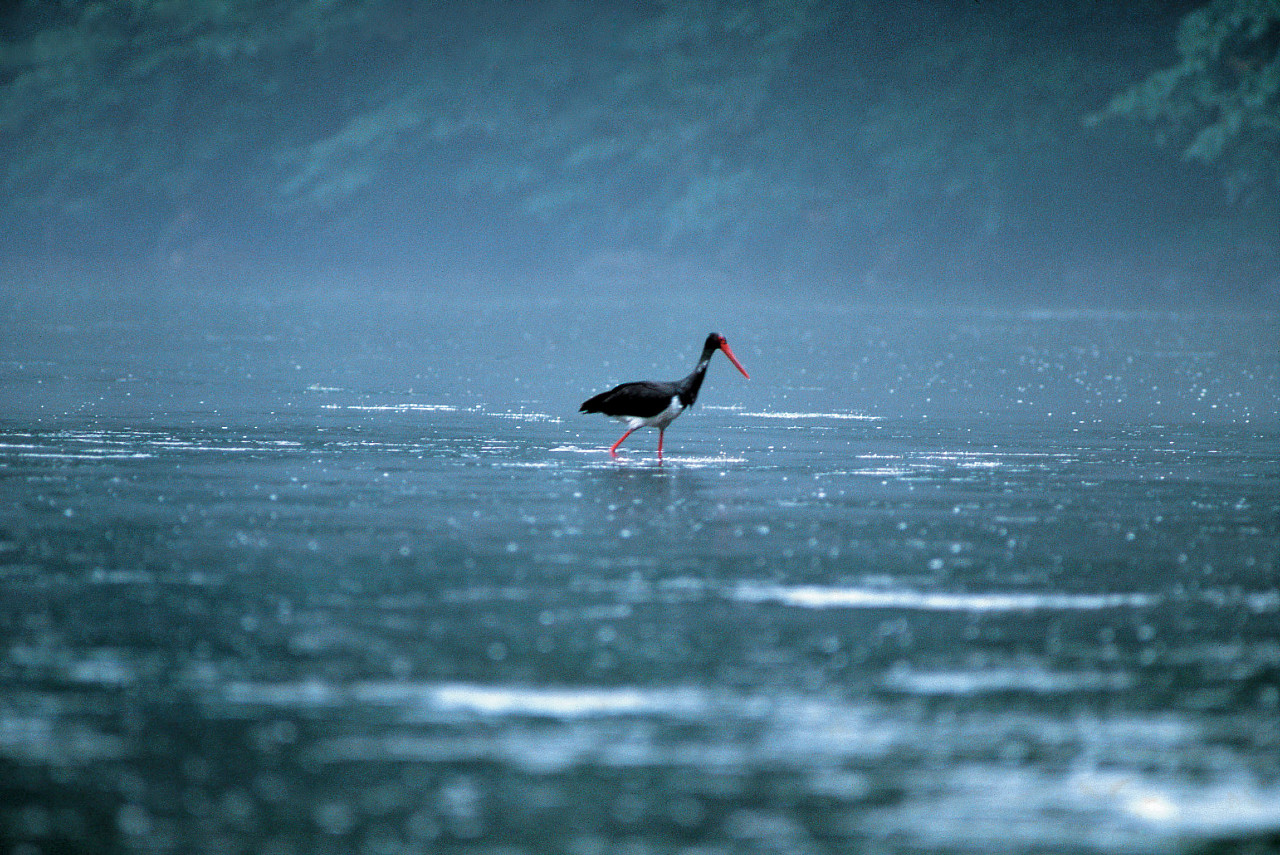
D Manhart/ Thayatal NP
Bernadette describes Austria’s national parks, including the Thayatal, as areas of retreat where mammals, reptiles, insects and plants can thrive away from the intensive interference of humans and start to replenish their numbers. These recovery zones are important in times of climatic or meteorological stress. Areas like Thayatal, where nature has kept its balance, cope much better with droughts or flood events than cultivated or industrialized zones.
Although part of the role of the national park authorities is to keep humans at arm’s length and to support research projects, they do still want to encourage us to visit. “Nichts berührt uns wie das Unberührte” (Nothing touches us as untouched nature“) is the slogan of the national parks. That is why Julian guides groups, often of school children, through the verdant forest and it is why he is guiding me today:
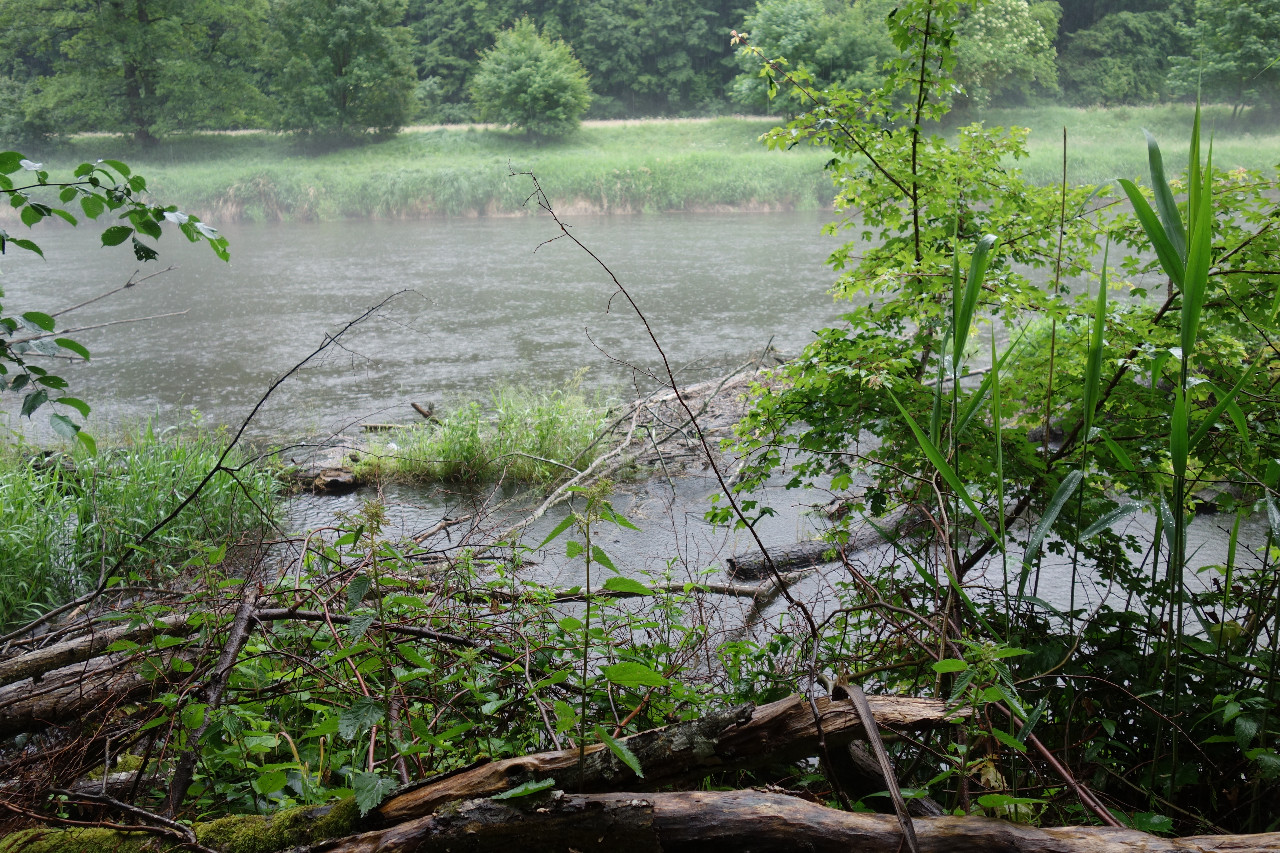
Chris Cummins
“Often it is beautiful when you look for a spot like the one here on the river and then you just remain silent and observe what is going on. For example, behind us you can sometimes see otters swimming past or the white-tailed eagle flying up above. When you look carefully at the meadows you find interesting trees and plants and this diversity in such a small geographical area is really exciting and special.”
The Cold War boost for nature
I have to say these animals don’t show up during my visit; surely wiser than me, they are probably sheltering from what seems an endless downpour. I do spot some deer bounding through the tall grass of a water meadow. But even without the chance to see the big stars of the park, I still have a wonderful time. A little climb takes us to a rocky look-out spot. Below I can see a tight bend in the river and different colours of the hilly forest.
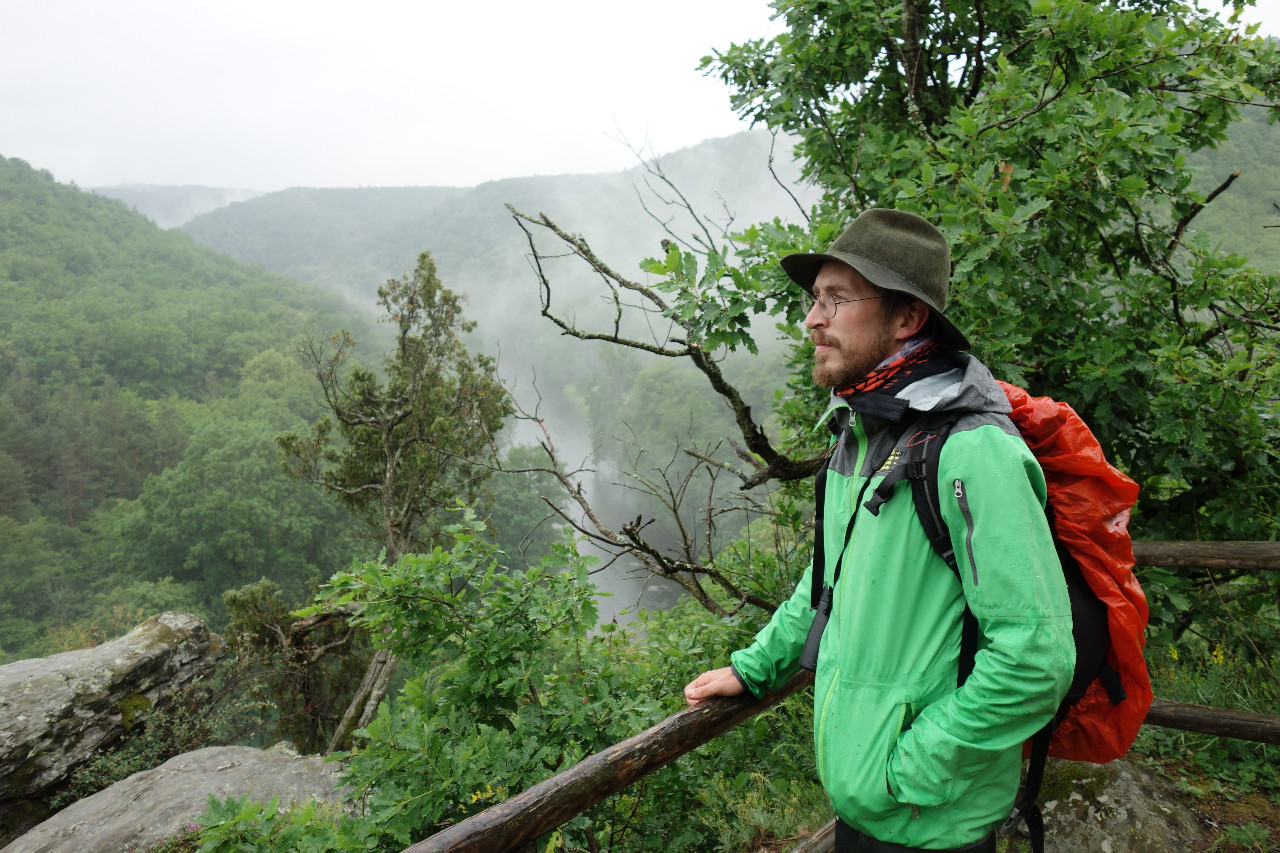
Chris Cummins
On the other side of the river lies Czechia. For 50 years the deadly and tragic human politics of European division, played into natures hand, explains Julian. “The Thayatal is a deep valley where no-one went for a long time because we are directly on the border with Czechia and after the Second World War the Iron Curtain was here and so the nature could develop here in a richness and variety that we rarely find nowadays.”
That wealth and diversity is partly due to what Julian calls the parks geomorphology, an expression that leaves me searching in vain for a dictionary, although I believe it has something to do with rocks, the shape of the landscape and the soil.
“It is exciting that the habitats change over a really short physical distance. We are in a beech forest that is thick and green and damp and we can hear a coocoo in the background. But if we go 20 metres in the other direction we will find dry grass with oaks and sun-exposed areas where it is teaming with insects. It’s that that makes the Thayatal National Park a really special place: that you find such diversity of habitat and in each habitat, you find such diversity.”
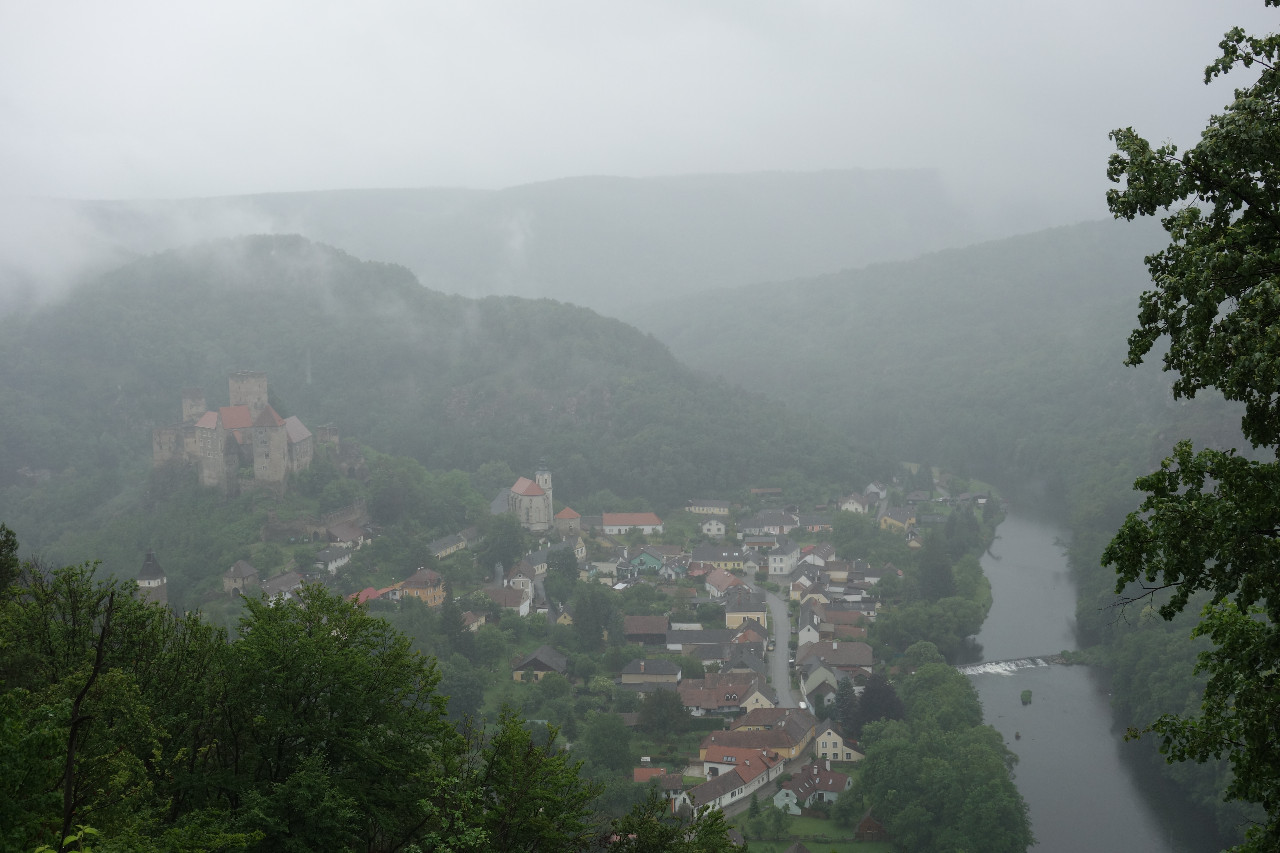
Chris Cummins
The path spits us out above Hardegg, Austria’s smallest town. It is nestled on another bend in the twisty Thaya river and is dominated by a mist-wrapped castle. It is the sort of place that seems a natural home to some raw-mannered northern baron and it seems remarkable that is was passed over by the set scouts of the Games of Thrones team.
To get to this fascinating wonderland, I travelled an hour on the train from Vienna to Retz and then a few extra beautiful kilometres on my bike along wild-flower strewn bike paths. This microadventure has made me feel very optimistic about this COVID-19 dominated summer in which many of us, due to travel disruption or indeed financial difficulty, are largely “stuck” in Austria.
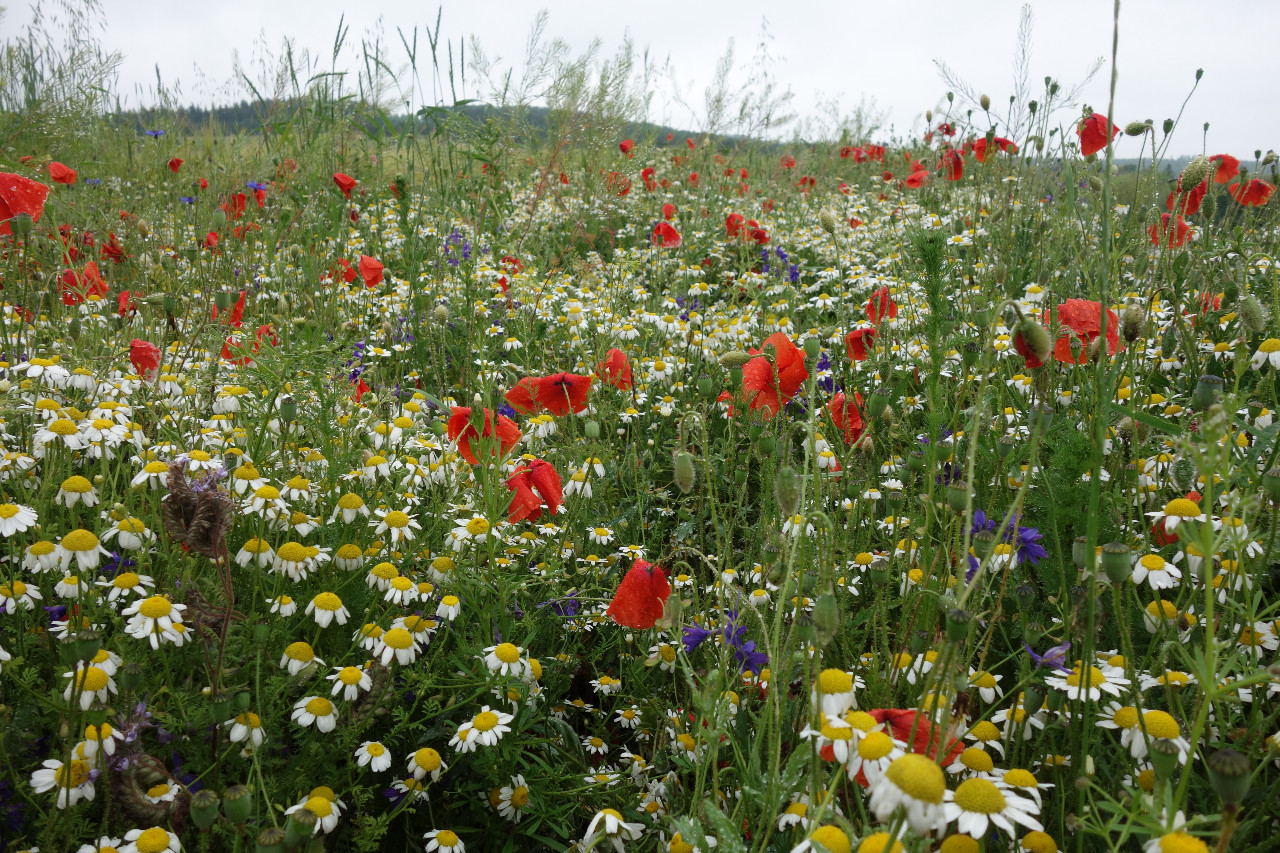
Chris Cummins
Even getting here was beautiful
And Bernadette Lehner sees it too as an opportunity to reconnect Austrians with the majesty of nature on their doorsteps and a chance to remind us that it is worth fighting for its protection. “It’s a chance to reach people who would usually visit national parks abroad on holiday but have never thought of visiting the ones close to home. It is also a chance to reach people who would usually go to beaches and have never thought of visiting a national park at all. I’d really recommend people to take this opportunity,” she says.
But, Julian Haider adds with a smile; „take your rubbish home with you, stick to the paths.“ Just remember in the national park, the plants and animals are the kings and queens; we are just humble visitors in their realm.
Publiziert am 23.06.2020







